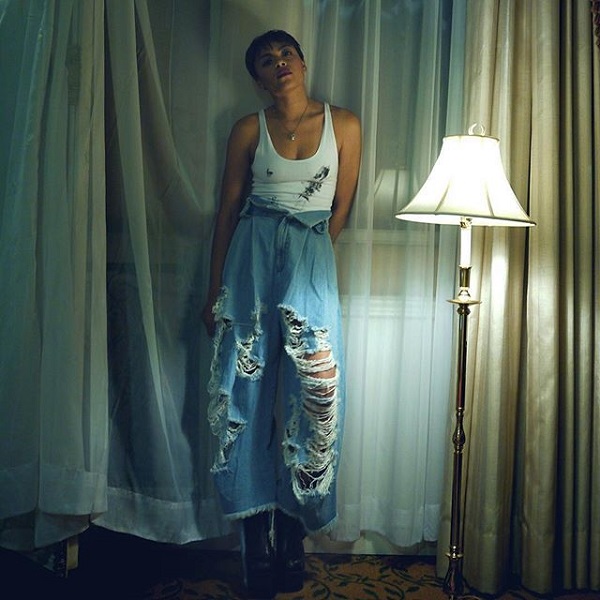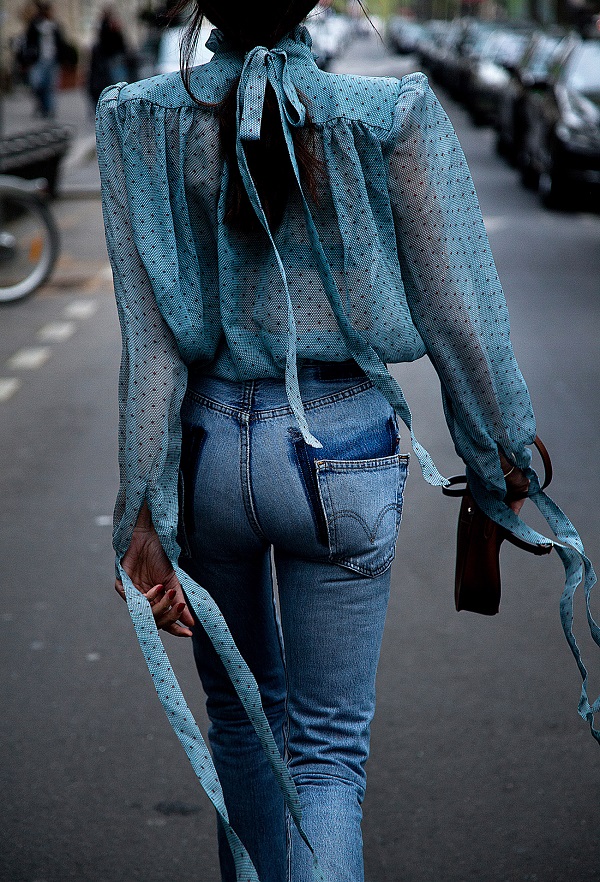If you haven’t noticed, denim is in the midst of an overhaul. Finally! After years of sameness, the landscape is officially shifting. Once again the fabric is appearing on runways and editorials, and yes, while the be-all-end-all influencer duo of Pharrell and Kanye showing up on prestigious red carpets in jeans (CFDA 2015 for Skateboard P and Kanye in coordinated Fear of God ripped jeans and blue eyes for the Met Gala this year) has exerted an influence, the return of denim this go round is built on more than artful rips.

Denim of course never really goes away. The most human and beloved of fabrics, it always has a place in style, acting as a historic document tracking the intersection of culture and fashion. And yet, just like any fashion item, denim has its periods of retraction. Definitely the rise of ath-leisure and the legging/joggerr silhouette over the past several years has pushed denim to the back of the closet. And then, too, the pervasiveness of the skinny denim silhouette with everrrrbody in a pair naturally repelled the fashion divas who.would.nevah!
For comparative purposes, rewind back just over a decade when the NYT wrote an article whose title demanded to know “Who Pays $600 for a Pair of Jeans?”(So quaint!) Dubbed “luxury” or “premium” denim, the article listed AG, Rock n’ Republic, Nudie, True Religion, and All Saints, as brands shoppers happily paid up to $600 for.
Almost as though the coverage marked the point of peak season (as NYT‘s articles so often do!), the market for denim began to decline. Skinny jeans became a commodity item cranked out by every retailer in the mall, including and especially the then rapidly expanding fast fashion chains. Prices dropped so low that there was a period a couple years back when a pair of teen denim jeans on sale could be procured for less money than a pair of Nike Elite socks. (This is not hyperbole.)
The aforementioned brands crashed with the trend and the once mighty Rock ‘n’ Republic is now a Kohl’s exclusive and while True Religion (once but no longer publicly traded) and AG have managed to hang in there, they no longer dominate contemporary department stores like they used to and are often sold at a discount.
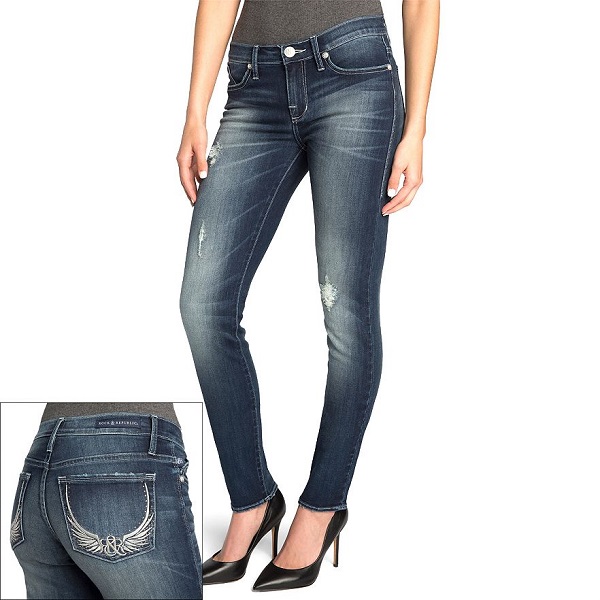
Denim’s return to fashion this go round found an entry precisely because it wasn’t the latest wash/treatment/silhouette of the moment. Designers created a foundation for the new by starting from the ground up, literally ripping apart jeans by the seams and using the fabric and all its charming attributes to build silhouettes that often feel like modern art sculptures, artfully layered, often over-sized and oft-kilter.
Portuguese label Marques Almeida’s has been a leader in the trend, laying down the gauntlet with its autumn 2011 collection, filled with over-sized and torn denim, whose broke down state was emphasized by exaggerated frayed edges, a brand trademark.
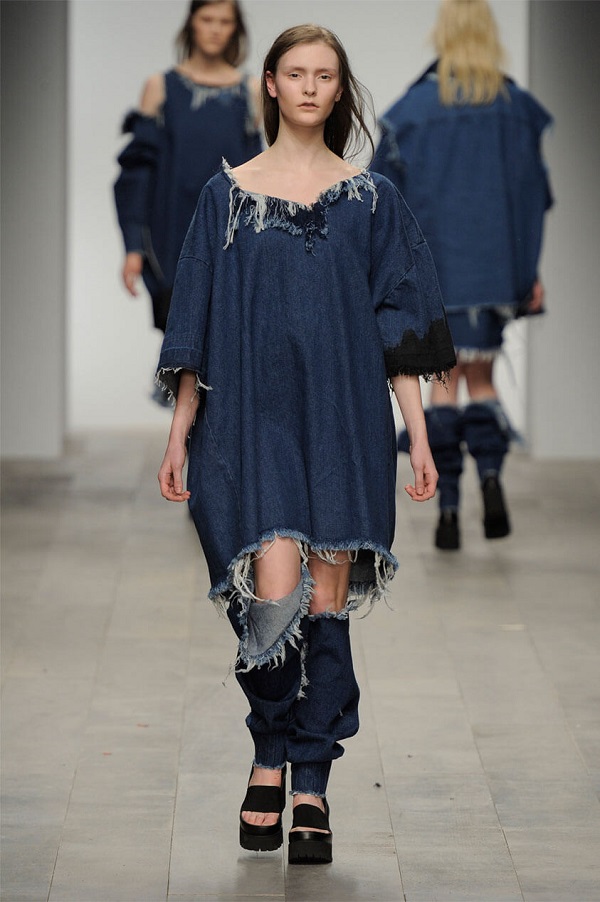
Other labels leading the trend include Hood by Air, Off White (whose last two vintage-inspired collections have been done in collabo with Levi’s) and of course Vetements, whose reconstructed vintage jeans marked by an off-kilter pocket (priced around $1,400) have been killing the game since they first hit retail last year.
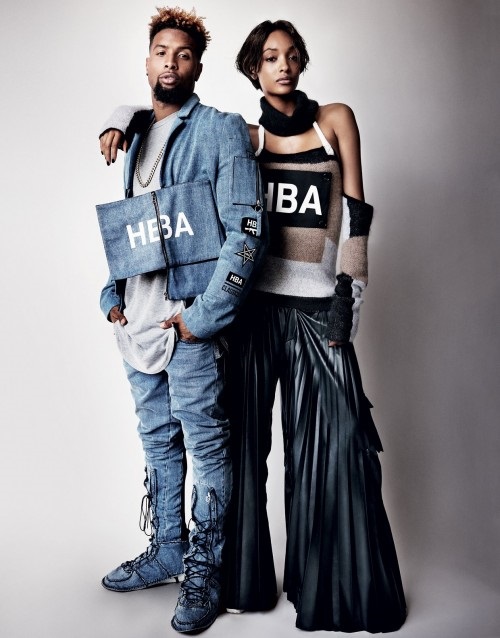

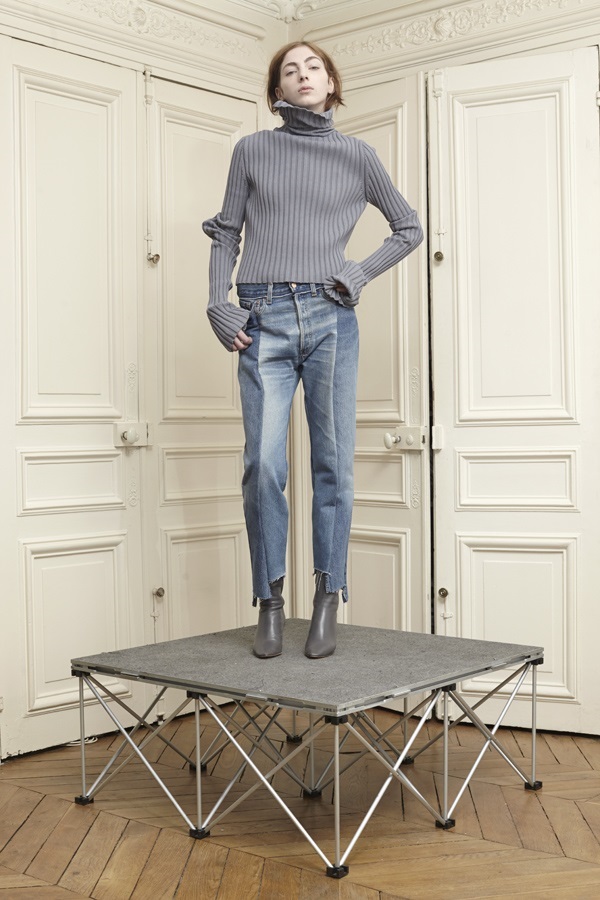
On the more artful end of the spectrum, L.A. label Sixty-Nine (Beyoncé and Erykah are fans) has used denim to comment on the human condition, declaring its label a “non-gender, non-demographic clothing line. 69 is timeless and classic yet made in our present and meant for the future.”
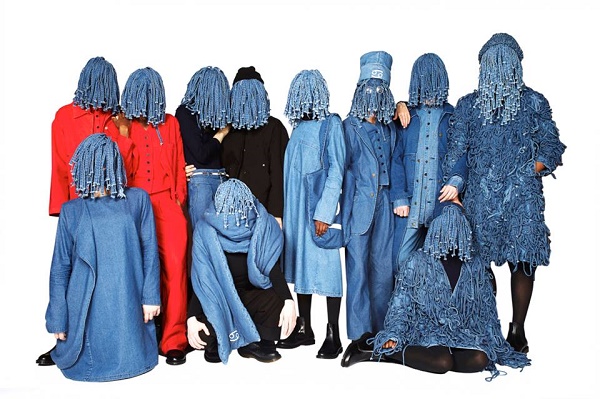
Naturally the true fashion snobs consider this artful denim trend to be done and ovah! Even Marques Almeida has shown an desire to move on from the frayed denim it’s become associated with, showing an autumn 2016 collection in which denim was a minority fabric and frays were far and few between.
Like they do, the fast fashions have already sunk their teeth into the look with Zara this spring showing its best take on Vetements’ denim, priced at, ahem, $59.90, and Topshop coming in with a very worthy lift of Ashish’s distressed sequin shorts for (ugh!) $70.
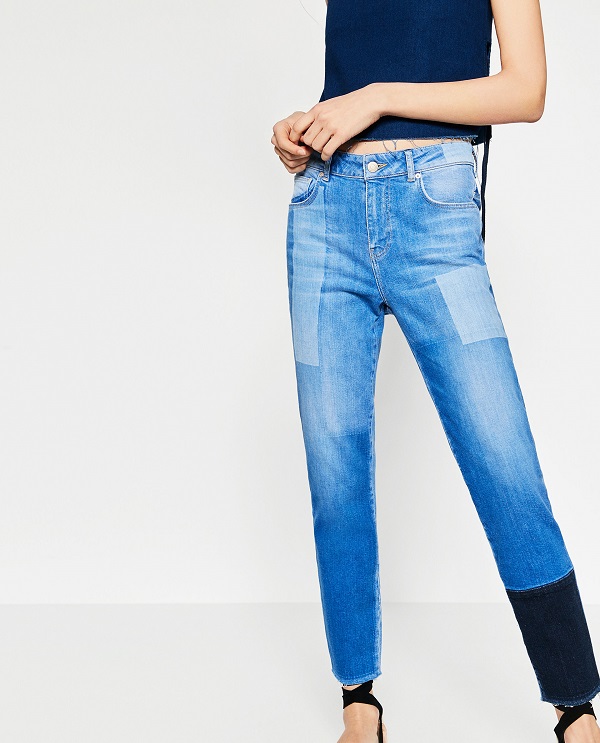
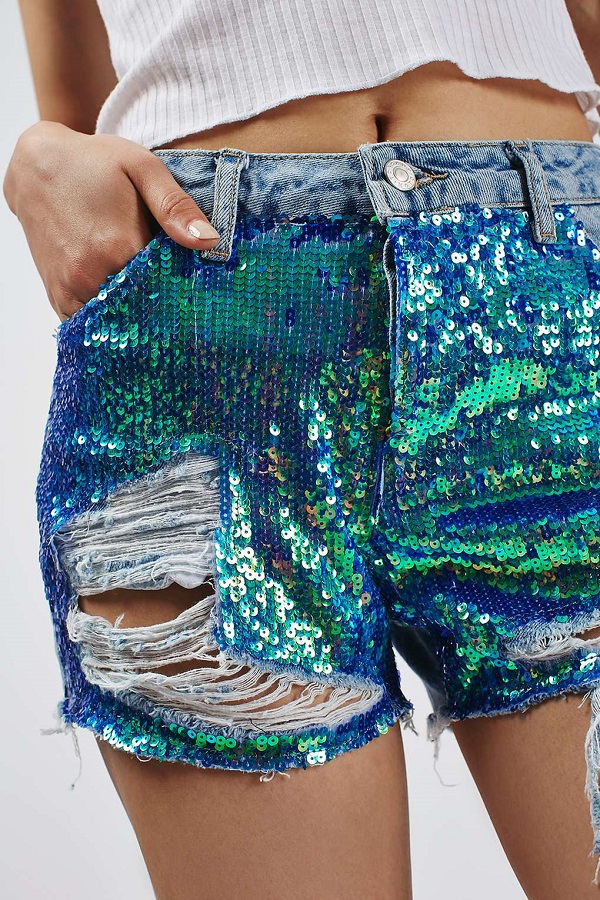
And yet, the “ovahs” of the world almost always jump the gun or perhaps don’t see the forest for the trees. The bigger picture is the table for denim has been upended, which in an of itself is a significant event given the fabric’s connection with culturally significant moments. At the least, shots have been fired at the tyranny of the skinny denim reign, perhaps creating enough of landscape shift to create sunshine-opening cracks that set a stage for new ideas as well as moods and outlooks to flourish and burst through. Whether it’s new ways of dressing, forms of editorial coverage or retail, the fashion winds are shifting and denim as always is carrying clues to the road map forward.
